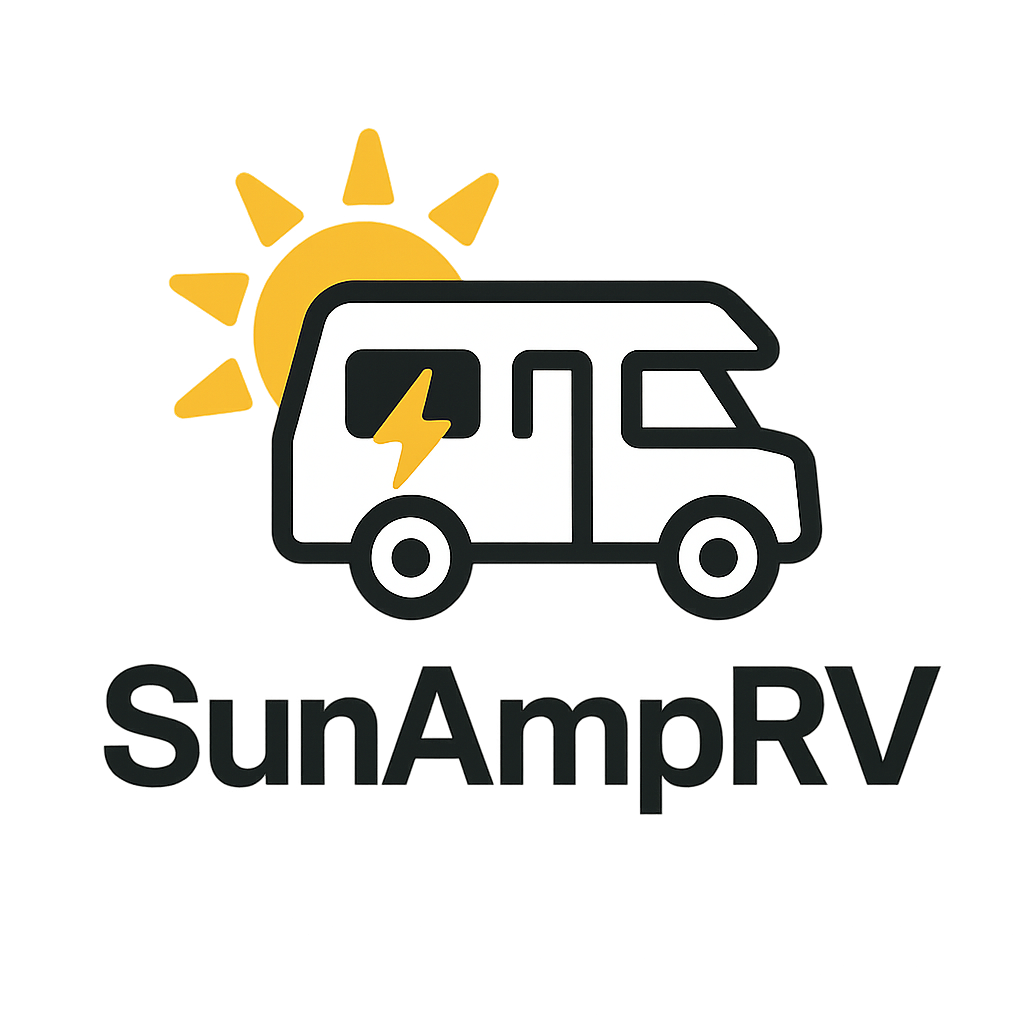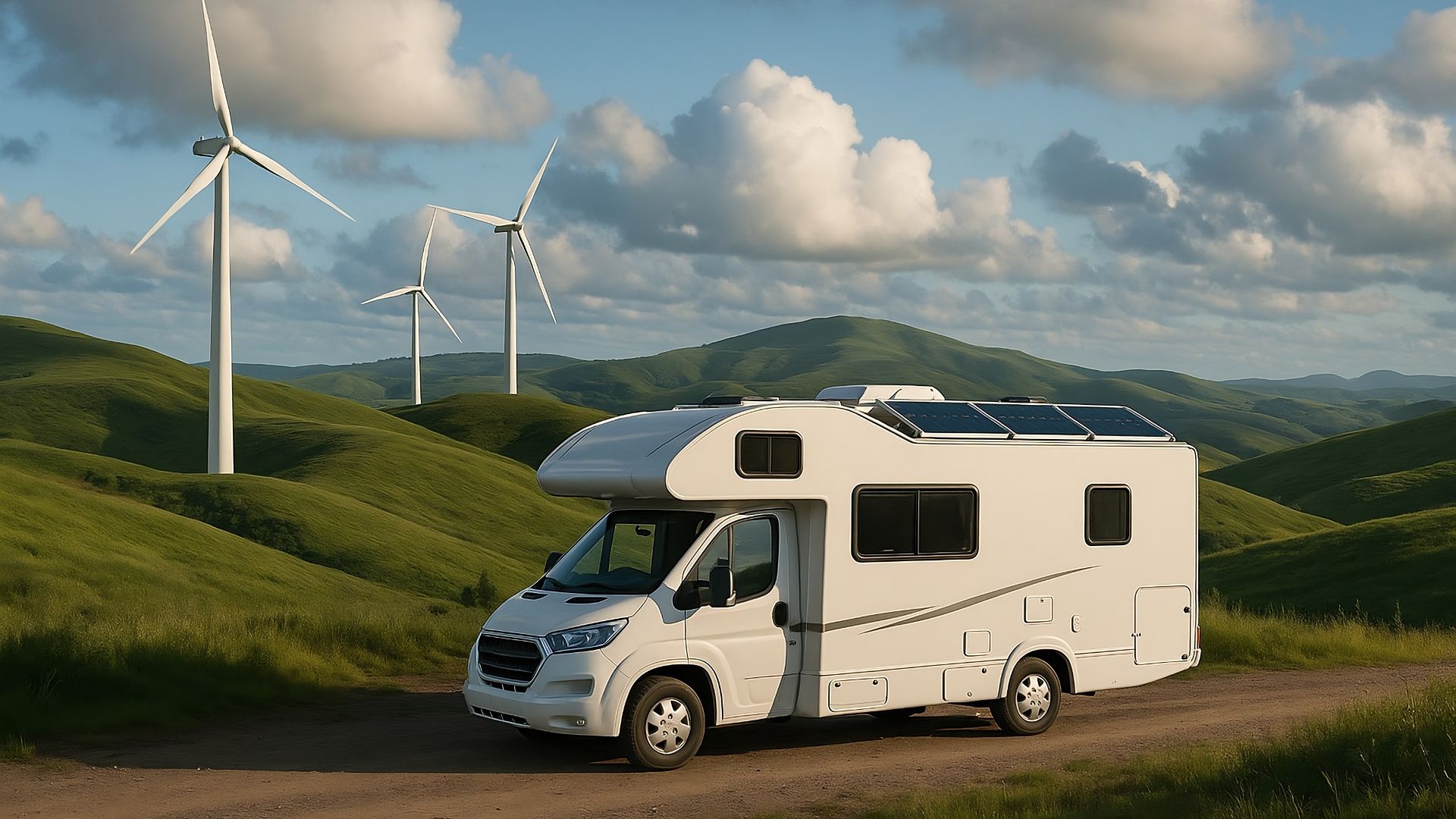
Embarking on an RV adventure provides the freedom to explore the world while enjoying the comforts of home. A crucial component of this setup is the RV inverter, which converts DC power from batteries into AC power to run household appliances. Understanding the differences between pure sine wave and modified sine wave inverters is essential to optimizing your RV’s electrical system.
Understanding RV Inverters
An inverter is a device that transforms the DC power stored in your RV’s batteries into AC power, allowing you to use standard household appliances on the road. There are two main types of inverters: pure sine wave and modified sine wave.
Pure Sine Wave Inverters
Pure sine wave inverters replicate the smooth, natural wave of AC power supplied by the grid. These inverters are ideal for sensitive electronics and appliances, such as laptops, microwaves, and CPAP machines. They ensure efficient and noise-free operation.
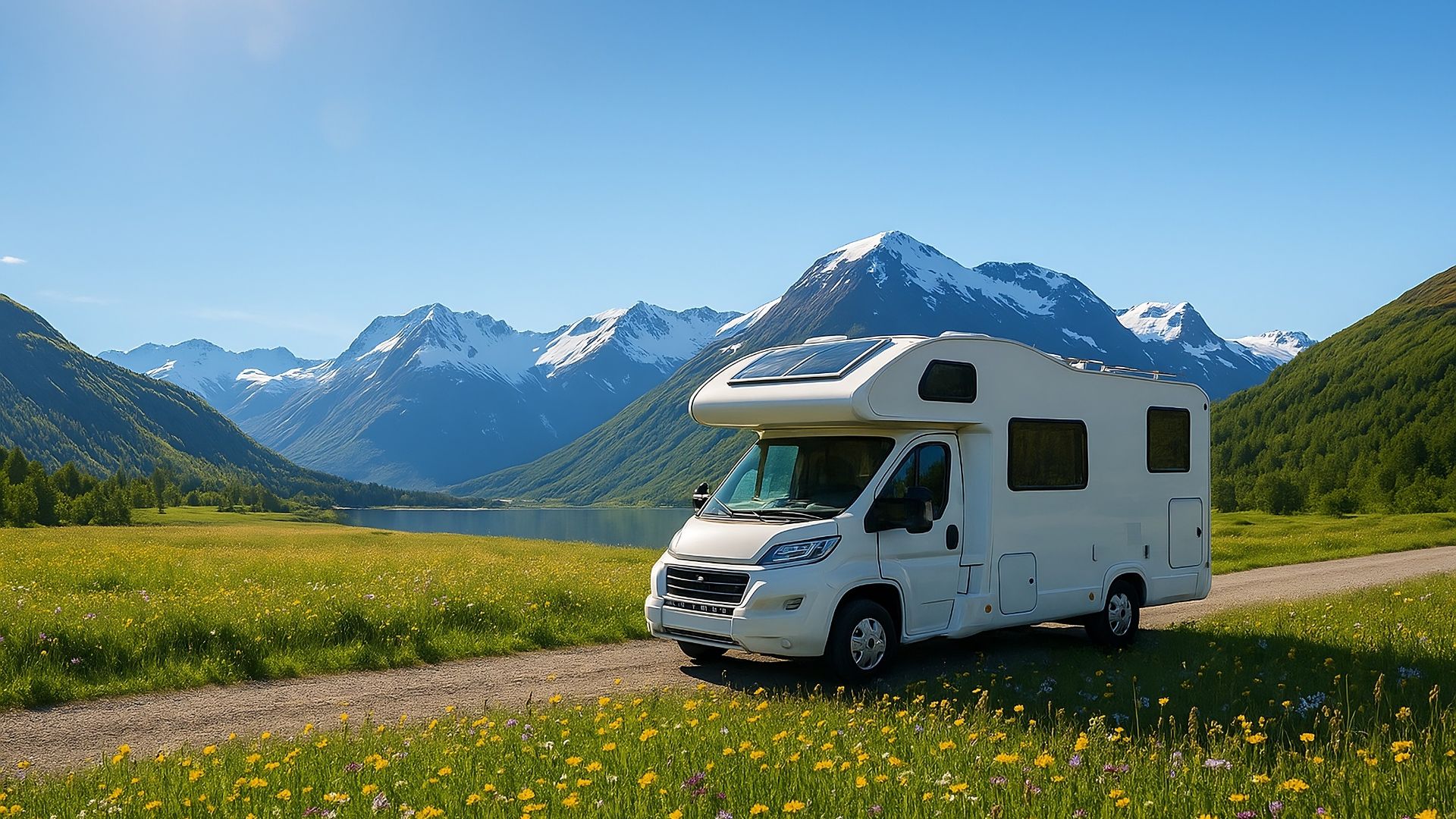
Modified Sine Wave Inverters
Modified sine wave inverters produce a simpler, blocky waveform. While they are more economical, they may not be suitable for all devices. Some electronics may not function correctly or may experience interference, making them less ideal for sensitive equipment.
Benefits of Pure Sine vs. Modified Sine Wave
Choosing between pure and modified sine wave inverters depends on your specific needs and budget.
- Efficiency and Compatibility: Pure sine wave inverters offer greater efficiency and compatibility with a broader range of devices. They are often recommended if you plan to use delicate electronics.
- Cost Considerations: Modified sine wave inverters are generally less expensive. If budget constraints are a concern and your power needs are minimal, they may suffice.
Essential Components for RV Inverter Setup
Setting up an RV inverter system requires careful selection of components to ensure optimal performance.
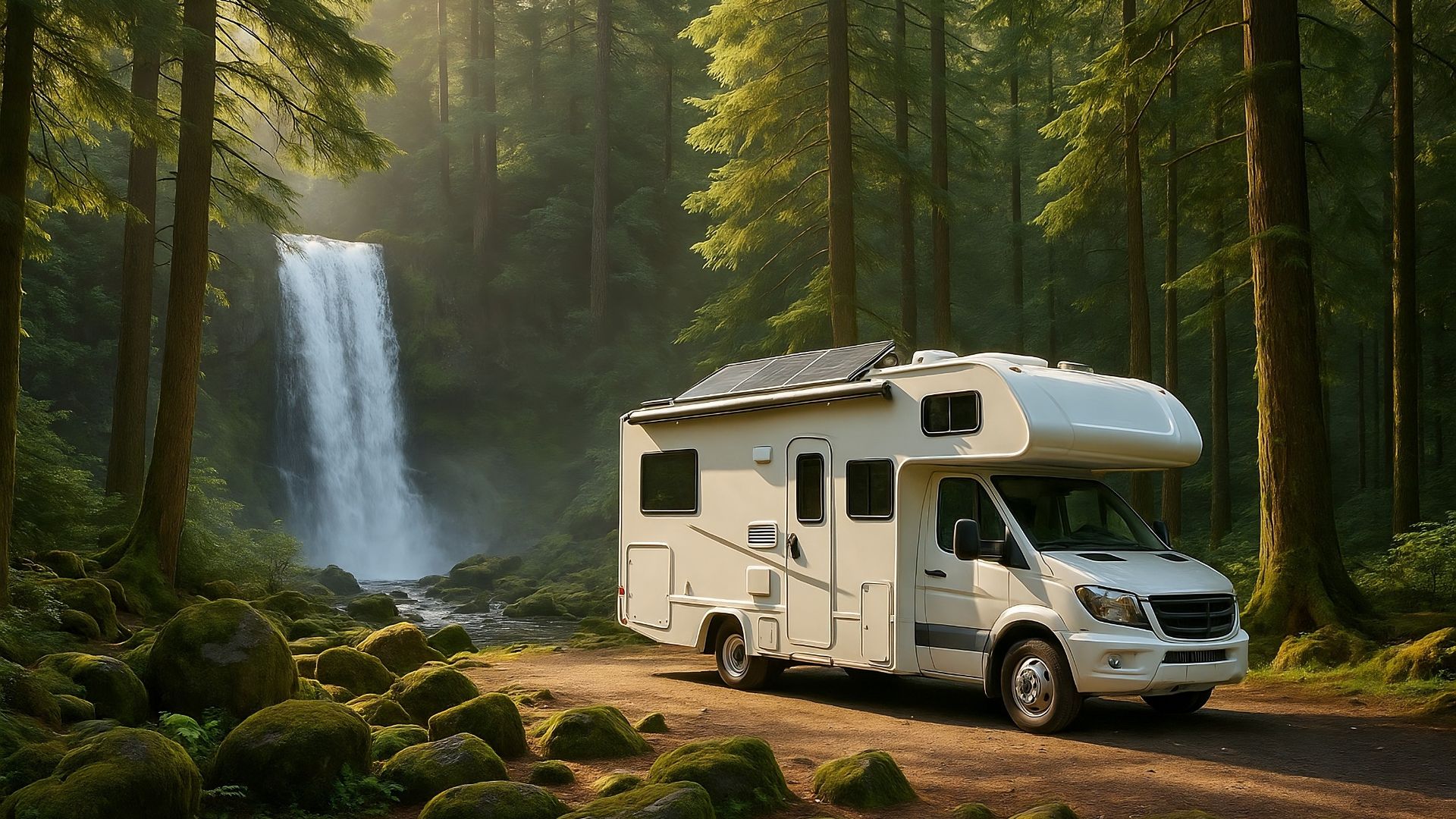
Solar Panels
Solar panels are a sustainable way to charge your RV batteries. Consider installing a Renogy 200 W Monocrystalline Solar Starter Kit or BougeRV 130 W Foldable Solar Panel Kit for reliable solar power.
Batteries
High-quality batteries are essential for storing energy. Battle Born 100 Ah LiFePO₄ Battery offers long-lasting performance with superior energy storage capabilities.
Charge Controllers
A charge controller regulates the power from solar panels to batteries, preventing overcharging. The Victron SmartSolar MPPT 75/15 Charge Controller is an excellent choice for efficient power management.
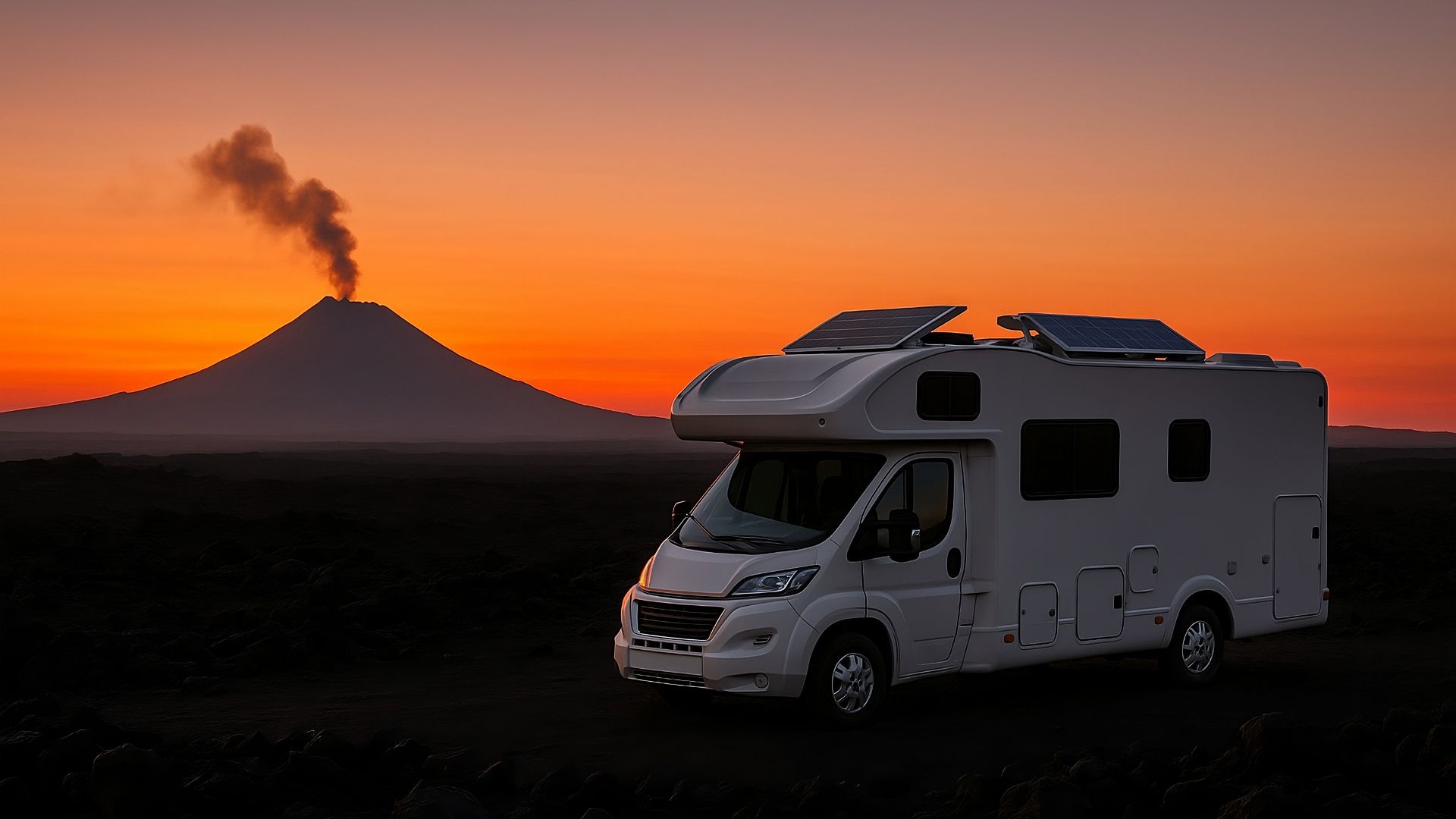
Step-by-Step Guide to Installing an RV Inverter
Follow these steps to set up your RV inverter safely and efficiently:
- Select the Right Inverter: Decide between a pure sine wave or modified sine wave inverter based on your power needs and budget.
- Install Solar Panels: Secure solar panels on your RV’s roof or use portable options like the BougeRV Yuma 200 W Flexible Solar Panel.
- Connect the Charge Controller: Install the charge controller between the solar panels and batteries to manage power flow.
- Install Batteries: Use reliable batteries like the Battle Born 100 Ah LiFePO₄ Battery to store energy.
- Wire the Inverter: Connect the inverter to the batteries using appropriate cables and ensure all connections are secure.
- Test the System: Power on the inverter and test your appliances to ensure everything functions correctly.
Conclusion
Choosing the right RV inverter setup can significantly enhance your travel experience by providing reliable power for all your appliances. Whether you opt for a pure sine wave or a modified sine wave inverter, understanding your power needs and selecting the right components is key. With the right setup, you’ll enjoy the comfort and convenience of home wherever you roam.
For portable power solutions, consider the Jackery Explorer 1000 v2 Portable Power Station or EcoFlow DELTA 2 Portable Power Station (1024 Wh) for added flexibility.
